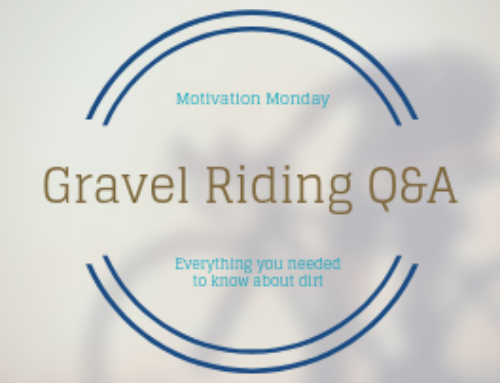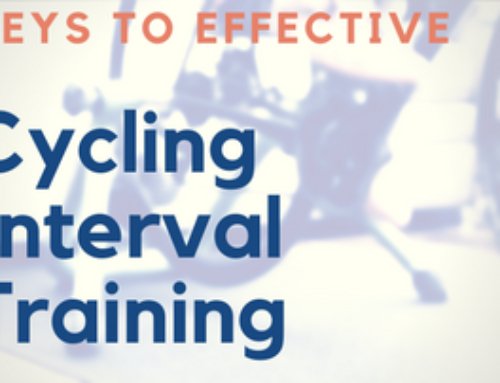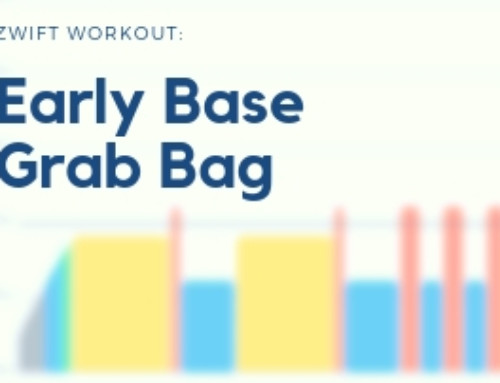A power meter is now a ubiquitous piece of equipment for many cyclists. With the emergence of affordable power meters more and more riders are training with power. Training has become more specified and directed. Coaches have options to evaluate fitness improvements that they never had before. Athletes are able to build their own training programs and evaluate their strengths and weaknesses with minimal direction.
But for all the benefits, your power meter may be hurting your performance when the chips are down. Click through the jump to see if you're guilty of any of these performance killing power meter faux pas:
Preventing Power Meter Performance Loss
Power meters are supposed to help you improve your performance, not destroy it. But overusing a power meter can ruing your training, racing and competing very quickly if you're not careful. You have to use your power meter effectively and learn to ride with it, not by it, if you want to get the most out of it. Many athletes (myself included) are victims of the following power meter pitfalls. Figure out if you're guilty of one of these and make some changes to watch your fitness improve!
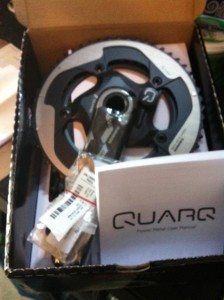 Constantly comparing to your best
Constantly comparing to your best
Power meters are wonderful tools that allow us to track our fitness changes and improvements. One thing I find many athletes who are training with power make a huge mistake in comparing their daily intervals with their best benchmarks. Here's a perfect example from an athlete I coached a while back:
So I tried to do the 5×5 min VO2 intervals a couple times. I've not been able to complete them at all! From my power testing, I should be able to hold 310 watts for 5 minutes, but I can't do that during these intervals. I do OK for the first one, then my power drops after the second one. What am I doing wrong?
This was a perfect case of an athlete training too hard because they are comparing their interval work to their benchmark. In most cases, I prescribe interval work at a percentage of functional threshold power. This allows for proper recovery between intervals. Trying to perform your intervals at your benchmark power numbers is unrealistic and often counterproductive since it is physiologically a difficult thing to accomplish.
Benchmark intervals are designed to “empty the tank.” This type of interval testing is also generally performed from a fully rested state. During typical VO2 max interval training, full recovery is never truly achieved during the rest periods. Ideally, the rest period does not allow for sufficient time to replenish energy stores as detailed in my previous post about W'. If your goal is to hit benchmark numbers, you need to have fully recovered prior to each interval.
In theory, it is possible to train your VO2 max by performing benchmark level efforts. It will be grossly impractical, however. The amount of recovery time between each work interval would probably be between one and a half and two times the work interval. A simple set of 5×5 would take you nearly an hour and a half! There would also be a question of how much benefit would be gained by these intervals since you would be fully recovered instead of slightly fatigued at the start of each.
By following the “percent of functional threshold power” rule, intervals are more time efficient and (likely) quite similar in terms of effectiveness. Over time, the suprathreshold stimulus will allow for adaptations in your VO2 max and aerobic capacity. That will translate into increased benchmark numbers when it comes time to test. It doesn't matter if you're at benchmark levels or 20% above functional threshold power: the point is you're there and you're working there.
How to fix the problem: You can't match your benchmarks every time you train. Don't try to. Try to set new benchmarks during subsequent testing.
Relying on your power meter too much
Cyclists used to train by feel. They would ride into the hills and push hard, embracing the feeling of burning pain in their legs. Hard work was measured by getting to the top of a climb faster, by dropping your riding buddy or by winning the town line sprint on the Saturday throwdown. Today, power meters rule the roost with regards to evaluating your training.
It's amazing that we have the ability to quantify our training and fitness so specifically, but it has downsides too. A cursory glance at Tour de France photos of Chris Froome will reveal him locked onto his computer. He's no different than many amateur cyclists. Many cyclists stare at their power numbers intently, fearful to drift from their prescribed zone. This may be the right course of action when it comes to following a training plan, but it robs a cyclist of learning how to listen to their bodies.
You need to learn to listen to your body. You need to learn how to evaluate how hard an effort is without using a power meter. It's just as important to learn how to train WITH a power meter as it is to hit your interval intensities. Remember, you don't train BY power, you train with it. Post analysis of your power file should confirm what your body feels. When you understand what a five minute VO2 effort feels like, you'll know when it occurs in a race or event. Don't become robotic and train only by the numbers or you'll miss the point of training.
How to fix the problem: Don't be afraid to set your Garmin to display a single metric like cadence. (It's probably the most important metric to follow during an interval set anyway.) You can ride by feel and analyze the data after the workout. After analysis, you'll learn what the efforts were and what they felt like.
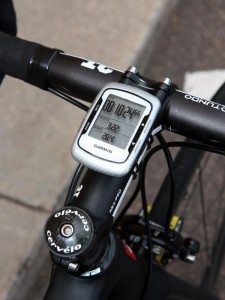 Comparing yourself to others
Comparing yourself to others
Cyclists have a bit of an inferiority complex. They are constantly comparing their results to others around them. This includes other cyclists, other vehicles (for example, racing a car down a descent) and even pro cyclists. It's not necessarily a bad thing to compare yourself to others; it's what competition is built upon. But there are limits.
How fast you are, how much power you produce and how many KOMs you own has no bearing on the actual value of cycling. The sport is intrinsically beautiful and has value in and of itself. Your training has value in itself, for you. It's not about wattage numbers or speed numbers. Who finished first or second really only matters when you're sprinting for the win in your local crit.
When you start to get frustrated about power numbers, remember that watts don't win races. Brains win a race more than raw power 90% of the time. When you start negative self-talk because what your power meter shows you, remember that the comparison between yourself and everything else is useless. You're ignoring the intrinsic value of what you're doing for yourself. That's no way to go about riding your bike.
How to fix the problem: Stop comparing your numbers to those around you. Let your legs do the talking and beat them up a climb or in a sprint. Then it doesn't matter what the numbers are.
So how are you going to change the way you train with a power meter? Are you going to let your power meter kill your performance or use it to boost your potential?

